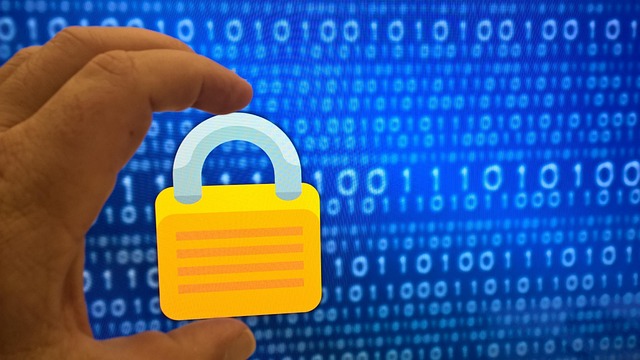
Implementing Effective IT Security Policies in Information Technology – A Comprehensive Guide
In today’s fast-paced digital landscape, the significance of a robust security policy cannot be overstated. With the rapid advancement of technology, organizations face an ever-growing array of cyber threats that can jeopardize sensitive data and disrupt operations. Therefore, implementing effective IT security policies has become a cornerstone of a comprehensive strategy to safeguard information technology assets.
A well-crafted security policy serves as a blueprint for an organization, providing clear guidelines for managing and mitigating risks associated with information technology. It is more than just a set of rules; it embodies the organization’s commitment to data protection and establishes a culture of security awareness among employees.
To commence the development of an effective security policy, it is crucial to conduct a thorough risk assessment. This process involves identifying potential vulnerabilities and threats unique to the organization’s IT environment. By understanding the specific risks at play, businesses can tailor their security measures to align with their operational needs.
Once the risks have been identified, the next step is to define the scope of the security policy. This includes specifying what assets and resources will be covered and the responsibilities of various stakeholders within the organization. A comprehensive security policy should touch upon areas such as data handling protocols, access controls, incident response plans, and employee training. This inclusivity ensures that everyone is on the same page and understands their role in maintaining a secure IT environment.
Moreover, the effectiveness of a security policy is determined not only by its initial implementation but also by its ongoing management and revision. Cyber threats evolve continuously, which necessitates regular reviews and updates to the security policy. Organizations should establish a schedule for revisiting the policy to incorporate new technologies, regulatory changes, and emerging threats. This proactive approach ensures the policy remains relevant and effective over time.
Employee training is another critical aspect of implementing an effective security policy. Regular workshops and awareness campaigns can empower employees to recognize potential security threats and adhere to established protocols. With human error being one of the most significant contributors to data breaches, educating staff about best practices in information technology security can significantly reduce vulnerabilities.
In addition, leveraging technology solutions such as firewalls, antivirus software, and intrusion detection systems plays a vital role in enforcing a security policy. By integrating these tools into the IT infrastructure, organizations can create multiple layers of security that work together to defend against cyber threats. This layered approach not only strengthens defenses but also provides invaluable insights for continuous improvement.
Finally, ensure that there is a robust incident response plan in place as part of the overarching security policy. This plan should outline the specific steps to take in the event of a security breach or data loss, ensuring a swift and coordinated response. Timely action can minimize damage and preserve the organization’s reputation.
In conclusion, embracing a proactive stance on security policy implementation is essential for organizations in the information technology sector. By fostering a culture of security awareness, conducting regular reviews, and integrating robust technology solutions, organizations can navigate the complexities of today’s digital world with confidence. A well-defined security policy not only secures assets but also cultivates trust with clients and partners, making it a fundamental element of business integrity in the realm of IT.


